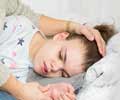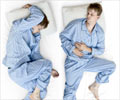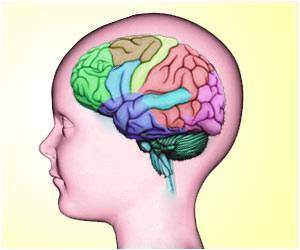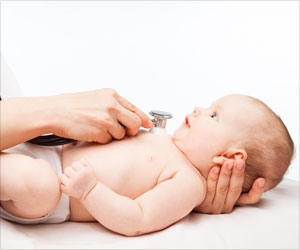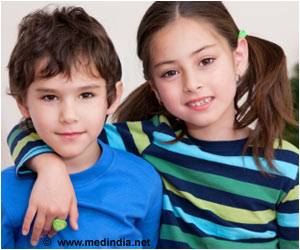Epilepsy is the most common childhood brain disorder in the U.S., affecting nearly 450,000 children. While 80% outgrow it by adulthood, seizures can affect attention, concentration, and behavior.
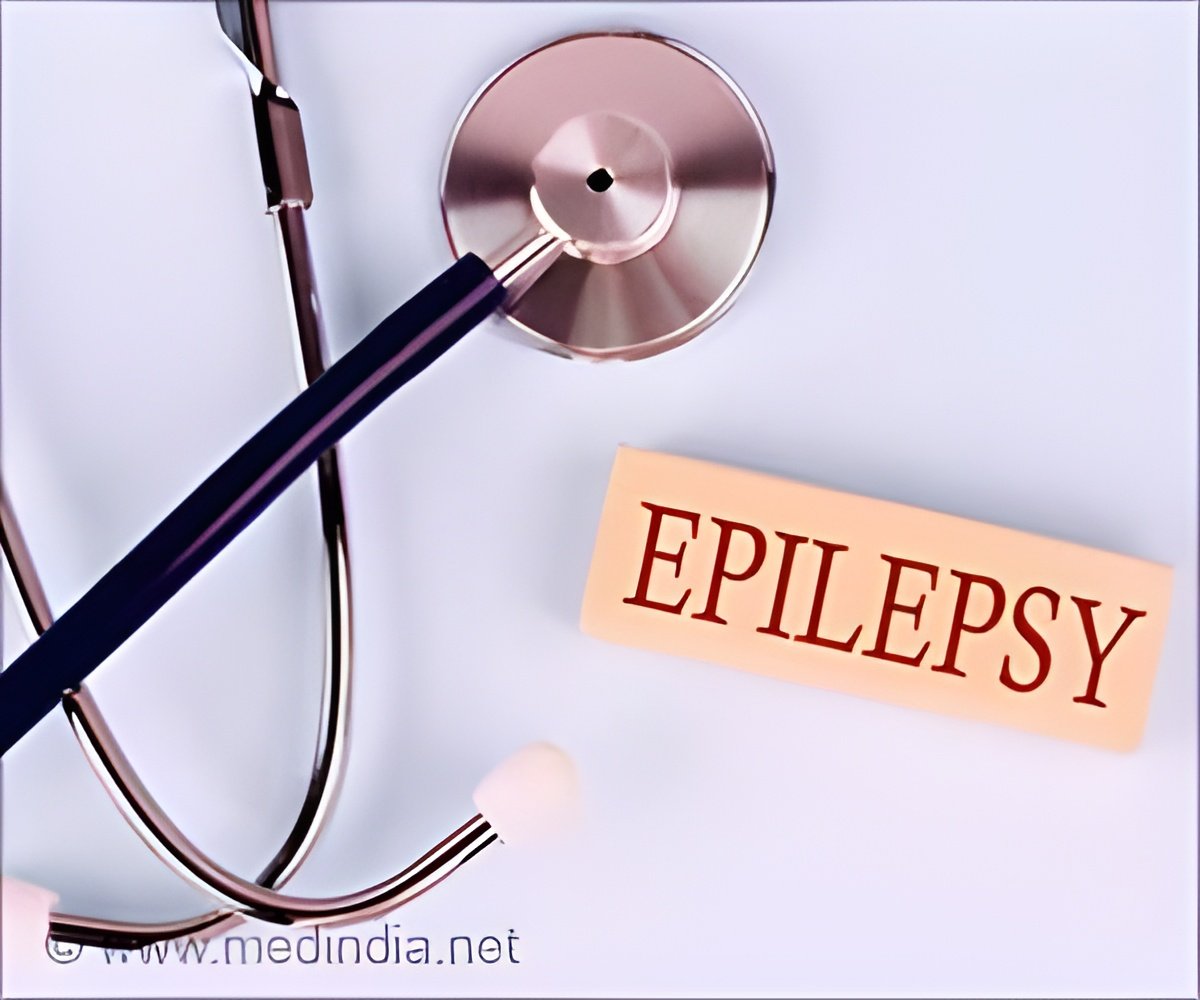
Epilepsy in Children and Teens: Diagnosis & Treatment
Go to source). Epilepsy can cause repeated seizures, which are sudden surges of electrical activity in the brain. Nearly 80% of children outgrow epilepsy by the time they reach adulthood.
However, during childhood, seizures can affect concentration, attention and impulse control, sometimes leading to behavioral issues.
‘First aid for seizures: Stay calm, ensure safety, turn the child to their side, and NEVER put anything in their mouth. Let the seizure pass naturally. #seizurefirstaid #epilepsy #medindia’





Advertisement
Causes of Epilepsy in Children
Several factors can contribute to epilepsy in children, including:Birth-related brain injuries – Lack of oxygen (hypoxia) during delivery or low blood sugar after birth can lead to brain damage.
Premature birth complications – Conditions like a brain hemorrhage or developmental abnormalities in premature babies may increase seizure risks.
Brain infections – Infections like meningitis (brain fever) can lead to epilepsy.
Head injuries – Trauma to the brain due to accidents can trigger epilepsy.
Structural brain abnormalities – Conditions like lissencephaly (smooth brain surface) and microgyria (abnormally small brain folds) can contribute to seizures.
Genetic factors – A family history of epilepsy may indicate a genetic predisposition.
Advertisement
First Aid: What to Do During a Seizure
If a child has a seizure, staying calm is crucial. Here are some important steps to follow:- Ensure safety – Remove any sharp or dangerous objects nearby.
- Loosen tight clothing – This helps with breathing.
- Turn the child to their side – This prevents choking.
- Do not restrain movements – Allow the seizure to pass naturally.
- Do not put anything in their mouth – A common myth suggests people may swallow their tongue during a seizure, but this is false.
- Stay with the child until the seizure stops.
Advertisement
Role of Diet in Managing Epilepsy
Diet plays a significant role in controlling seizures, especially for children who do not respond well to medication. Research highlights the Ketogenic Diet (KD) as an effective option. This high-fat, low-carbohydrate diet has reduced seizure frequency in many children.Foods included in this diet are almond flour dosas, paneer bhurji, coconut ladoos, and egg-based dishes, ensuring both nutritional balance and taste. However, this diet requires medical supervision to monitor growth, kidney function, and possible side effects like constipation or nutrient deficiencies.
Common Triggers of Seizure
Parents and caregivers should be aware of factors that can trigger seizures in children:Excitement or overstimulation – Sudden changes in brain activity can lead to seizures.
Hormonal changes – Puberty can sometimes trigger an increase in seizure episodes.
Flashing lights – Some children are sensitive to bright, flickering lights.
Lack of sleep or skipping meals – Irregular eating and sleep patterns can disrupt brain function.
Missed medications – Following prescribed treatments consistently is important.
Precautions to Take
To reduce seizure risks, experts advise avoiding:- Sugary foods, carbonated drinks and caffeine.
- Sudden temperature changes, like hot baths or extreme heat.
- Flashing lights from television, mobile screens, and bright displays.
- Continuous movement up and down stairs.
- Swimming or being near water without supervision.
If a child experiences seizures, seeking early medical diagnosis and treatment is essential to ensure the best possible outcomes.
Reference:
- Epilepsy in Children and Teens: Diagnosis & Treatment - (https://www.healthychildren.org/English/health-issues/conditions/seizures/Pages/Epilepsy-in-Children-Diagnosis-and-Treatment.aspx)
Source-Medindia

